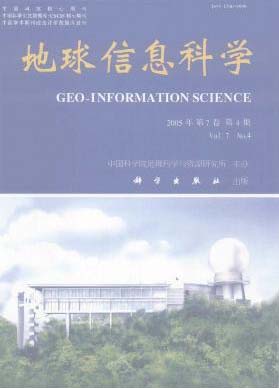ARTICLES
WANG Xiaoqin, WANG Qinmin, LIU Gaohuan, LI Huiguo
2005, 7(4): 5-9,2.
Oil and gas exploitation is a mass production movement, which affects local vegetation growth, especially in the beginning of the oil field exploitation. Gudong Oil Field is known for its most abundant oil reserves in Shengli Oil Field and the second largest one in China. Gudong Oil Field has been developed rapidly since 1986 and has an area of about 68km2. In this paper, eight scenes of remote sensing data including TM and ASTER from 1984 to 2001 were used, which are associated with different periods from drilling, construction to putting into production and steady production of Gudong Oil Field. In the beginning of the oil field development, the vegetation changed quickly, and when oil field regions became steady, the change was slowed down. So in the beginning of oil development, the time interval of the chosen remote sensing data was shorter than that in the steady period. The details of the chosen remote sensing data are as follows: TM data on 5 October 1984, 4 March 1985, 5 June 1986, 7 May 1987, 13 February 1989, 2 April 1992 and 20 September 1996, and ASTER data on 10 September 2001. According to the historical investigation results, ground truth survey, the characters reflecting from remote sensing data and vegetation succession rule in the Yellow River Delta, the classification schema was completed on the basis of the vegetation cover types in the study area. The classes were water (including plash), tidal flat (including naturally non-vegetated area and area non-affected by humans), reed beds and barren land (representing the non-vegetated area affected by humans, such as the area covered by oil platforms, pipes). Vegetation distributions of Gudong oil field in different periods were extracted from remote sensing data. The vegetation succession rule and the effect of oil development on vegetation were analyzed. Before the mass production movement of oil drilling, as part of the estuarine delta of the Yellow River, the vegetation distribution is zonal along coastal line reflecting the vegetation succession rule in coastal zone of the Yellow River Delta. In the beginning of the oil development, the destruction of vegetation resulted in a rapid decrease of grassland areas and the quick increase in barren land areas.
